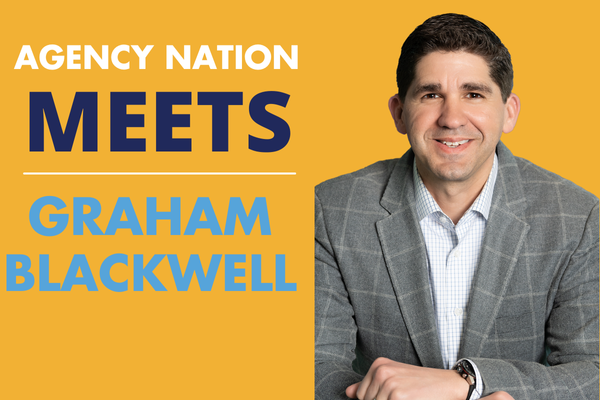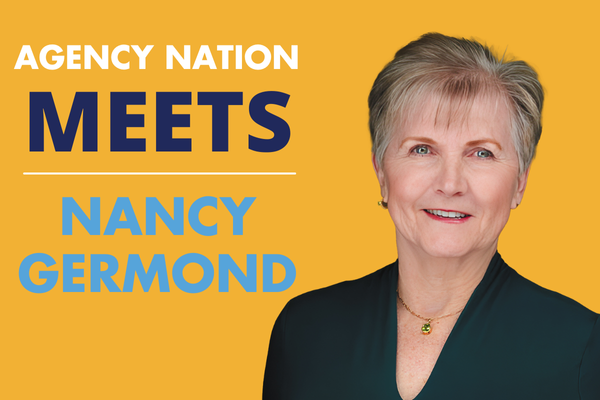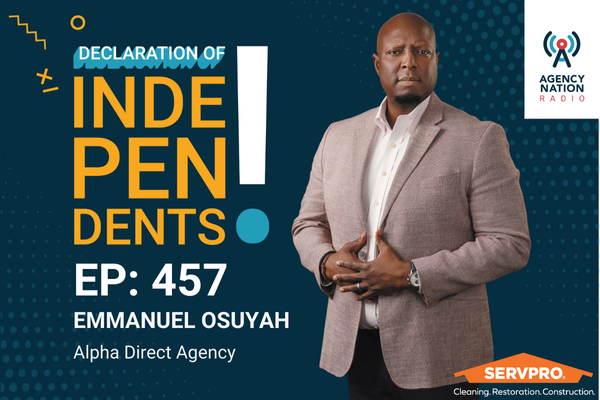3 Ways to Make Your Liquor Liability Client a Better Risk

By: Jacquelyn Connelly
The average liquor liability risk isn’t what it used to be.
From the booming brewery, winery and distillery movement to trends like BYOB restaurants and wine service at hair salons, liquor liability exposures have become far more pervasive—and complicated.
“The traditional Cheers bar where people have a couple different varieties of beer available, no food, no entertainment—that kind of stuff is just going away, and it’s being replaced with a more upscale experience,” says Thomas Gillingham, managing director of EverGuard, an NFP-owned company.
For many business owners, that translates to more expensive buildouts and higher revenues—overall, “a more sophisticated risk that’s generating more premium,” Gillingham explains. “Agents need to recognize that consumers are demanding a better experience, that these risks are following suit, and that it’s now a more sophisticated transaction in terms of the level of professionalism of the operators you’re dealing with and their expectations around product delivery.”
In other words, it’s not enough to sell someone an affordable liquor liability policy. Today’s insured wants more.
“As these operations are run by more sophisticated people, they expect a higher level of professionalism with their agent—somebody who will partner with them in risk management and mitigation, not just offering a cheap price,” Gillingham says. “If you’re focusing on clients that only want to save money, you’re not building a stable book of business.”
To add value to the agent-client relationship, share these three important risk management techniques:
1) Surveillance and documentation. “Surveillance can save you from going out of business,” says Sandra Haley, senior vice president of underwriting and marketing at Hospitality Insurance Group. “If there’s a claim and you have video to prove what you’re saying versus what the injured party is saying, you can win a case. Without that, it’s your word against theirs.”
In particular, because incidents are very likely to occur on Friday and Saturday nights between midnight and 2 a.m., “I would make sure my surveillance cameras for those hours are backed up and kept for a really long time,” Haley recommends. “The later your bar stays open, the greater chance you’re going to end up with the claim.”
Incident logs are similarly important. “We want to make sure people are documenting incidents—gathering and preserving evidence, whether it’s video evidence or witness statements,” Gillingham says. “A lot of these claims don’t actually materialize into litigation until years later, so when there’s an incident that would give rise to a claim, they need to at least be preserving the evidence.”
2) Alcohol awareness training. Whether it’s TIPS training, ServSafe® or another formal program, this is perhaps the most crucial risk management practice in the liquor liability space.
“The most pronounced piece of that equation is controlling the flow of alcohol,” says Bill Turner, vice president and solutions leader, BerkleyReSolutions. “As the owner of an establishment, it behooves you to have employees who are well-trained in identifying folks who are exhibiting visible intoxication and monitoring the consumption rate of patrons to make sure they’re not drinking at a dangerous rate.”
Staff should also be trained on tactics for “defraying unlawful situations and preventing altercations,” Turner adds. And underwriters also look for evidence that insureds have policies in place regarding checking IDs for patrons who appear to be 30 years or younger.
“The insured needs to indicate that if an employee doesn’t follow these procedures, there will be ramifications regarding continued employment and liability,” Turner says. “If they don’t do all that, we don’t want the risk.”
Note, too, that it’s not enough for an insured to invest in a formal training program on an annual basis. “It’s inherent in these businesses that they have significant staff turnover. So it’s great that you’re TIPS-certified one day, but if I come back a month from now and there are three new employees, have they been through that same training?” Gillingham points out.
“Once we train our clients with regards to rules and regulations, we have to re-audit them to make sure they’re adhering to it,” agrees Jeff Stagg, senior vice president, claims services practice leader at NFP. “There’s always a reassessment process that needs to take place to help mitigate and prevent on an ongoing basis.”
3) Safe ride home policies. In the event that an insured’s staff fails to prevent an individual from over-intoxication, “they still have an obligation to make sure that person isn’t going to get into a motor vehicle and injure someone or damage a third party’s property,” Turner says.
Fortunately, with the proliferation of ridesharing, safe ride home policies are easier to implement than ever before. Companies like Uber and Lyft are already piloting programs that could “change life dramatically for establishments,” says Haley, who cites one company that’s offering free or discounted ride vouchers for patrons who drink at establishments associated with the brand.
EverGuard, too, recently entered a partnership with a company that puts single-use breathalyzers inside establishments, free of charge. “It’s a tool staff can use to cut someone off, or in cases where someone wants to know, ‘Am I OK to drive? I had two glasses of wine,’” Gillingham explains. “The breathalyzer comes with a $10 rideshare voucher, so if you find out you’re above the legal limit, you’ve got an incentive to use an alternative way to get yourself home.”
For years, there’s been “little social tolerance” for drinking and driving, Gillingham says. “People still do it, but with the advent of ridesharing and more awareness, the stigma continues to move in the right direction. We think those sorts of tools will continue to make a difference.”
Jacquelyn Connelly is IA senior editor.










